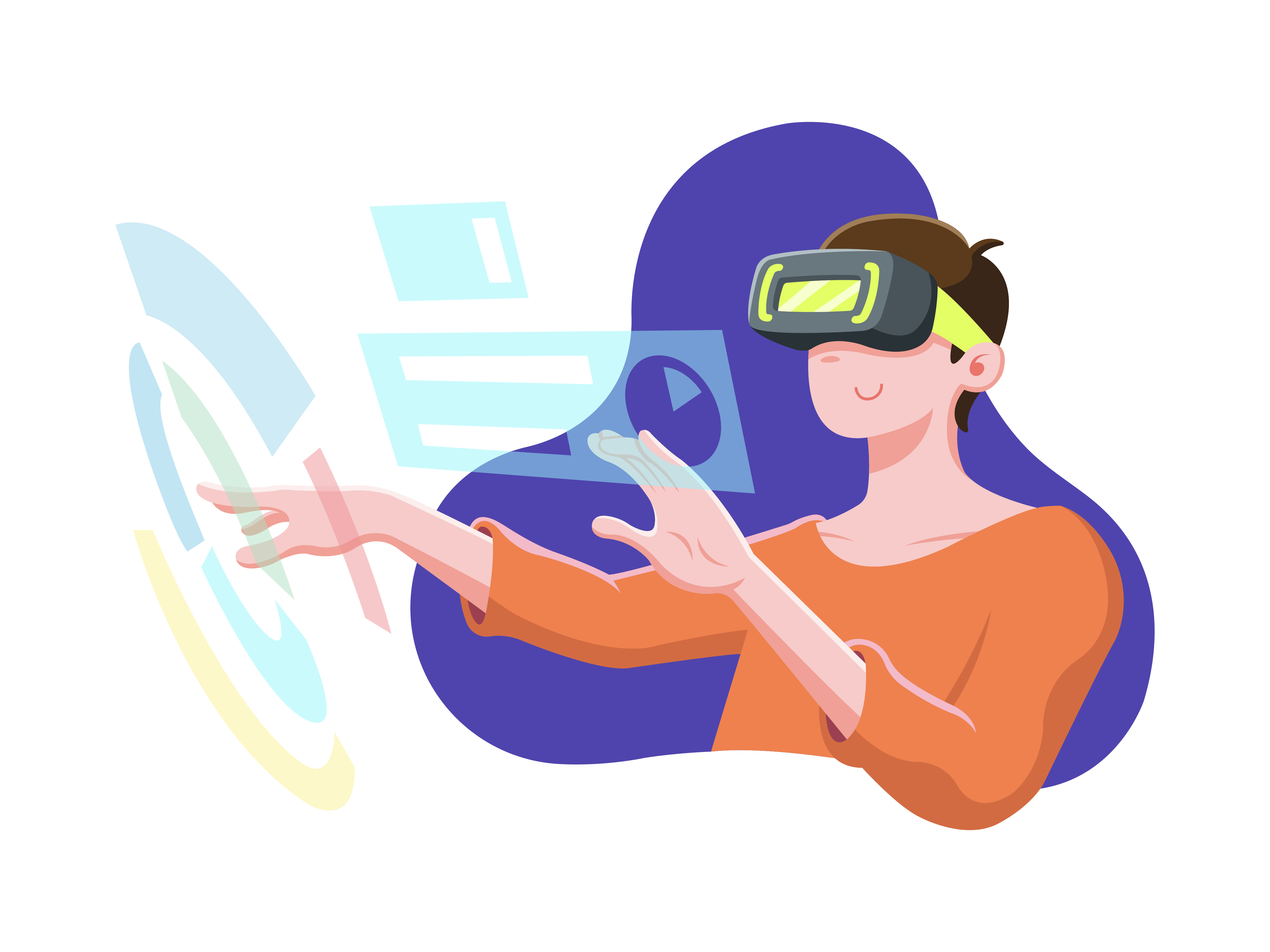Adapt, Improvise and Execute - These are the fundamentals of a mobile app designer's job. An inextricable part of their job is to integrate an app's design framework to another platform organically. Additionally, adopting app design to another platform ensures catering to the user patterns, which helps a UI/UX designer to use the native components of the platform, resulting in simplifying the overall development.
We have been studying, researching and applying various platform guidelines to adapt the app's design appropriately on it. It also requires communicating and collaborating with the developers so that they can create technical restrictions immediately whenever needed. That being said, the two major platforms that vary from each other when it comes to app design implementations are Material Design for Android and Human Interface Guidelines for iOS.
In this blog, we will unravel the main differences between the two in terms of UX navigation and patterns, UI components, and other fundamental differences that set the two platforms apart.
Material Design vs Human Interface Design
Based on the evaluation of the guidelines on these platforms, our app design professionals conceptualize Human Interface design as light, flat and friendly design while categorizing the Material design as bold, graphical, flexible, intentional and conscious with cross-platform functionality.
The Screen Size

Almost every UI/UX designer prefers the smallest possible size when designing apps for the iOS platform, which is 320pt x 568pt, as it helps in accurately positioning the content on small screens. Speaking of the app design for the Android platform, the standard screen size practice is 360dp x 640dp. However, we recommend keeping the "Safe Area" in mind when designing for iOS so that you can fix the margins properly to place the content catering to the phone's screen size.
PT vs DP: The Measurement Units
Android applications are designed and developed in DP, whereas the iOS app development and design are in PT. Most UI/UX developers avail Zeplin for developing 1x or mdpi "pt" designs for iOS as it displays the illustrations and icons in 2x and 3x. On the other hand, Android developers generate "dp" designs in hdpi, xhdpi, xxhdpi and xxxhdpi.
Top-of-screen Navigation
When it comes to the design patterns for Android, the titles in the apps are primarily displayed in the top-left corner after either a back button or a drawer menu which is often optional. Besides that, there is always an actionable section like a search icon on the top-right; sometimes, there is a favourites icon followed by the overflow menu.
Conversely, in the UI/UX design of iOS apps, the title of the previously opened tab is always cited on the top-left corner just next to the back button option. Coming to the extreme right corner, there is the option of "Done" or "Edit" while the name of the current tab is present in the middle.
Primary & Secondary Navigation
In iOS apps, the primary in-app navigation patterns always adhere to the hamburger and foreground menus used prominently to store rarely used functions. In contrast to iOS, the primary navigation in the Android apps is spread throughout the interface or in the hamburger menu with floating actions such as the search bar.

The secondary navigation in the Android apps opens from the left to right after users press the hamburger menu icon. All the tabs are positioned right below the screen title, which allows the user to easily switch between data sets, views, and an app's functional features. Whereas the Apple Human Interface Guidelines affirm that there is no standard navigation control, same as the drawer navigation menu. Users can find the secondary navigation in the "more" tab.
Action Menu
The Action menu is the option for users reacting to the call-to-action to view the relevant content on their device. Take, for example, when viewing text messages, there are actionable options to mark as unread, archive, delete and much more.
The action menus in the iOS app design are prompted by any button when users attempt to take any action. The latest update in iOS has a blurred context menu that highlights relevant actions when you press and hold the element or the content. In Android, the option pops up in a small box on the right side of the content with a three-dot icon.
Alerts

In the iOS alerts, the actions are segregated by dividers. They are generally in title or sentence case, forming their structure from the separate blocks and positioned at the end of the centre of the popup. As for Android alerts, the action menu is styled in flat buttons that can be found at the bottom right of the alert. These are easier to understand as the buttons are entirely text-based in all caps.
Concluding Thoughts
Android vs iOS has always been the top debatable topic amongst UI/UX designers as both platforms have their own user fanbase. The infographic mentioned above covers the critical attributes of UI/UX design in iOS and Android and how they differentiate from each other. If you are looking for further assistance in developing a mobile application for iOS or Android, you can connect with our app design company, and our support team will be more than happy to help you out.








